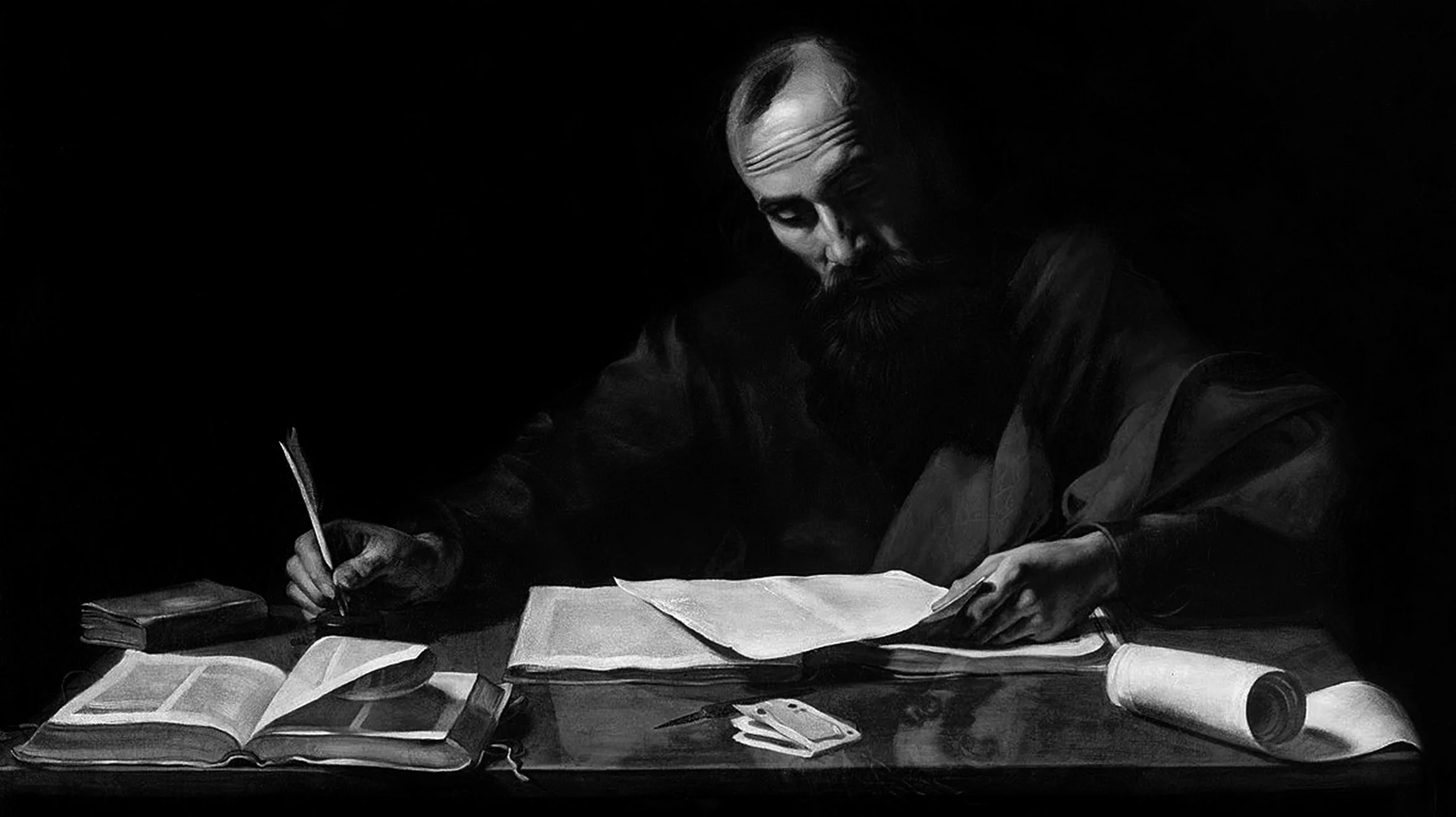It's been a while since I picked up and seriously played any of my very small collection of guitars. They're instruments I've acquired through my on-and-off love affair with the guitar, which began when I was sixteen. Like many teenagers back then I was a member of a 'rock' band (The Blue Diamonds) playing covers of Chuck Berry, Rolling Stones and Beatles numbers, until I went back to folk music.
In my mid-teens I had one of those 'Decisive Moments' when I was fortunate enough to join up with a couple of musicians from my local folk club who were into American 'old timey music', New Lost City Ramblers style. We seemed to get on well and one of them suggested forming a Bluegrass band, with yours truly playing simple back up guitar - I was a beginner then, and needed a good deal of help from the Mandolin player to reach a basic standard.
We spent most of our time practising and studying the banjo player's extensive collection of Library of Congress records and old songs on imported Folkways recordings, practising intensely and performing covers of Flatt and Scruggs, Stanley Brothers, BIll Monroe and The Country Gentlemen standards until we fell out and I went on to 'concentrate on earning a decent living'. Listen to the Country Gentlemen's 'Happy, Sunny Side of Life', Earl's Breakdown and the sad 'Bringing Mary Home' to get a flavour of this driving style of banjo, mandolin, bass and guitar music from Appalachia.
I found this photo recently while clearing out the loft. It made me smile. It was taken by our local press, who published an article on our Essex based Bluegrass band in 1967 - quite a novelty in those parts. I'm the skinny one in the middle with what, in colour, would be bright traffic light red hair, attempting to play the double bass.
Having eventually fallen out with the Mandolin player and, after suffering withdrawal symptoms from not being an active musician for a couple of years, I settled down to study 'fingerstyle' guitar more seriously and immersed myself in developing a more ambitious playing style modelled on such greats as John Renbourn, Bert Jansch, Davy Graham, Rev Gary Davis, Big BIll Broonzy, Martin Carthy and Nic Jones, all of whom strongly influenced my playing and ultimate return to British folk music. I made a lot of progress and eventually I put the new skills to work earning extra money teaching at the South East Essex Music College, until I found myself needing a new musical challenge.
In the end I decided that English Traditional Folk was my real love and formed an Acapella Band with two friends from the College. We modelled ourselves on The Young Tradition (Peter Bellamy and Royston and Heather Wood) whose material was a blend of sea shanties, from Cyril Tawney's recordings, farm workers' songs from the traditional music of the Copper Family from Sussex, as well as songs recovered from Medieval times interspersed with instrumentals drawn from Martin Carthy and Dave Swarbrick. That was a fascinating time. We worked tirelessly for two years to get a repertoire to the right standard, but made only half a dozen performances at local folk clubs before work and study pressures forced us to stop, and stop we did, for over fifteen years!
The next time I was seriously to pick up the instrument was when I decided to turn to Blues and play electric guitars, notably Gibson Les-Pauls and Fender Stratocasters. At that time I was inspired by Robben Ford, who is probably the best technician on the crossover between Blues and Jazz guitar playing I know. Listen to his second half solo on 'Help the Poor' and and the tone he gets on 'He Don't Play Nothin' But the Blues'. Boy that man can play!! I even bought a couple of the same type of Fenders Esprits he used to play, in case some of that 'magic' might rub off on me. Hmmmm - maybe not!

